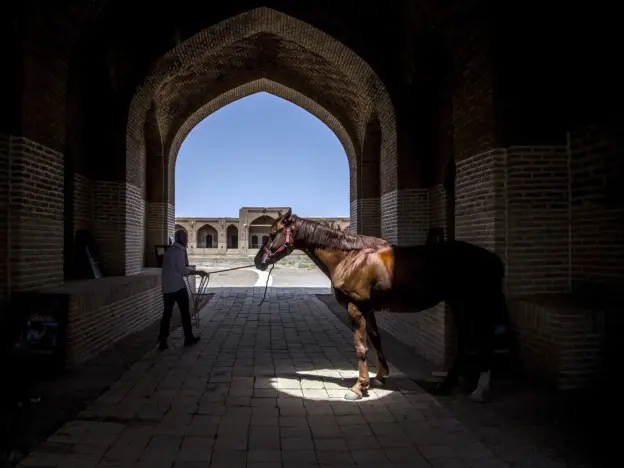Intro
Not an official breed, but still found under the aegis of the Royal Society of the Horse of Iran, the Seistani or Sistani Horse is a variety of Persian Plateau Horse.
Read more
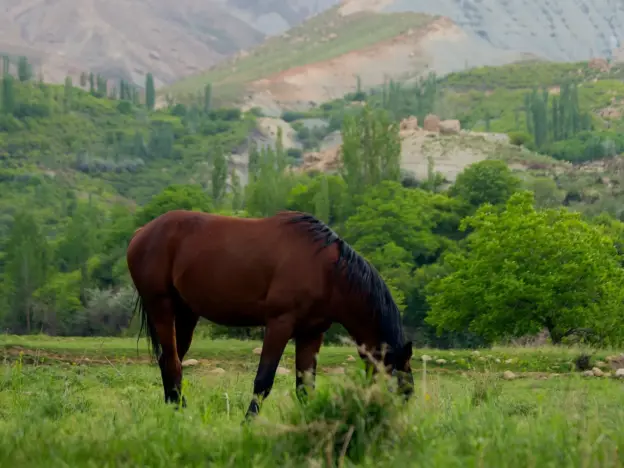
Not an official breed, but still found under the aegis of the Royal Society of the Horse of Iran, the Seistani or Sistani Horse is a variety of Persian Plateau Horse.
Read more

A relatively new breed, The Pahlanvan is essentially a small sport horse, combining Arabian and Thoroughbred genetics.
Read more
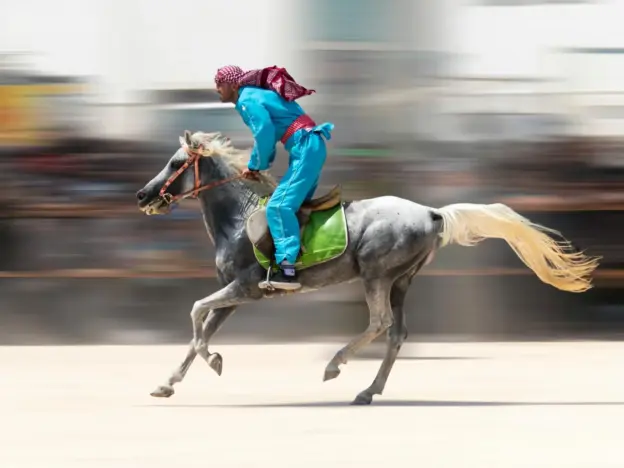
The Kurd or Kurdish Horse is bred by the Kurdish people of the Persian Plateau in Iran, from which they take their name.
Read more

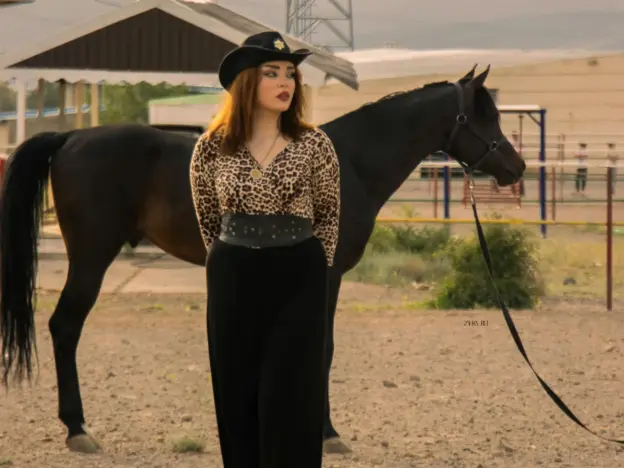
The Hadban Arabian is among the original, pure strains of desert-bred Arabian horse, these pure strains are also sometimes called Al Khamsa and Asil.
Read more
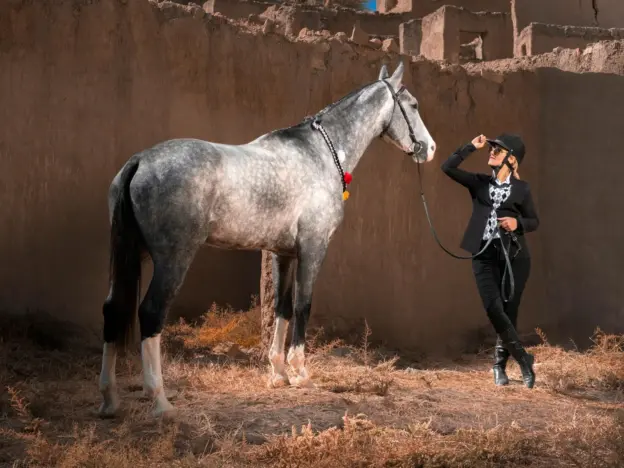
The Ebian Horse is not a breed, they are a strain of pure blood Arabian Horse bred by the Royal Society of the Horse of Iran.
Read more

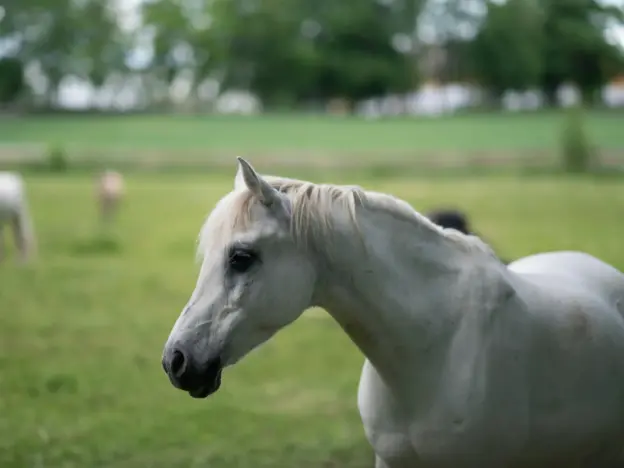
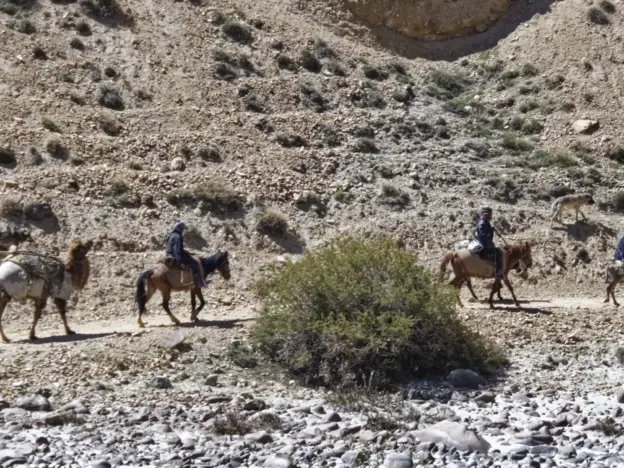
Also called Kabouli, Yabut and Yabu, the Yabou is a small riding horse that comes from the Turkoman steppes.
Read more
